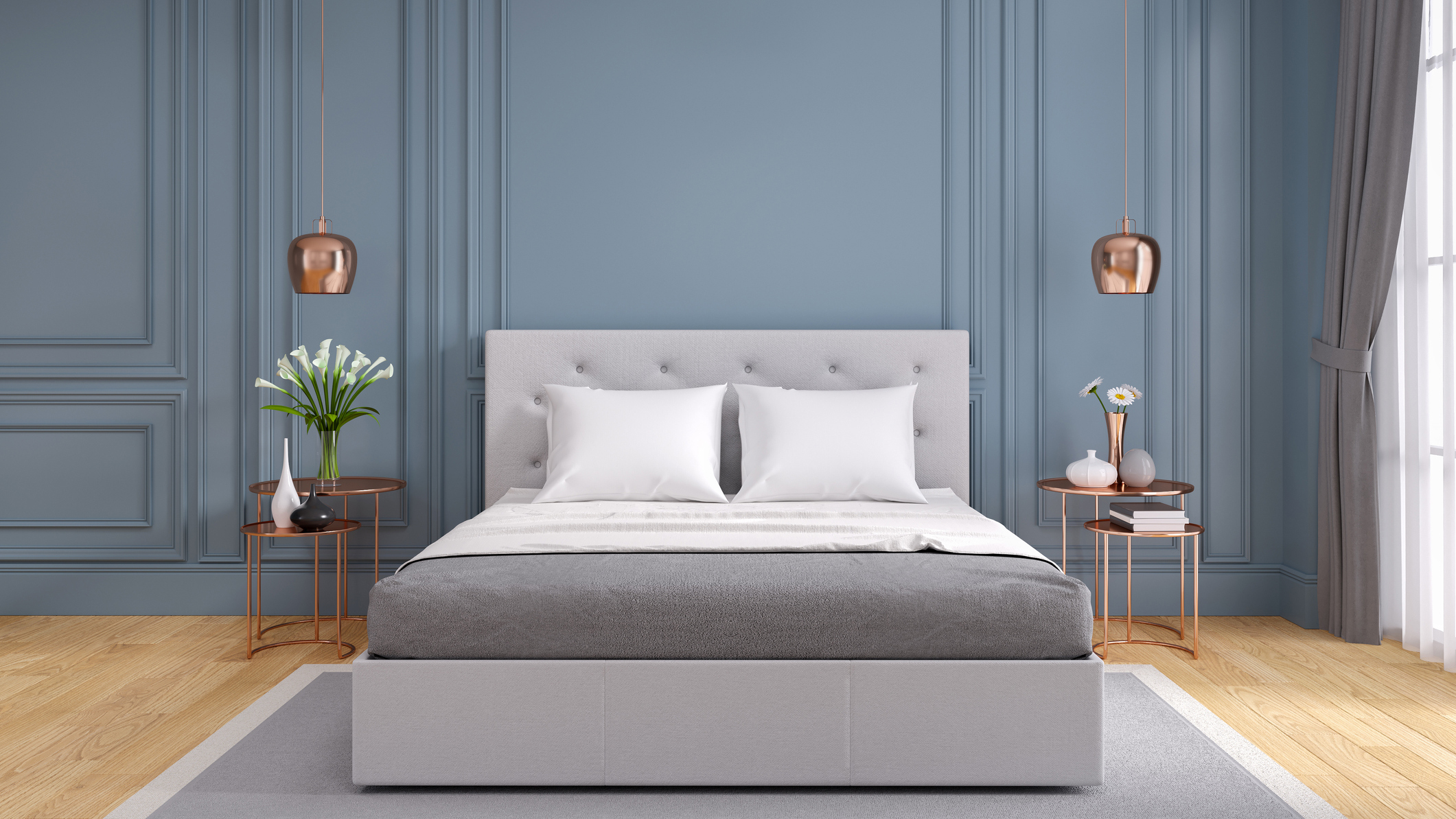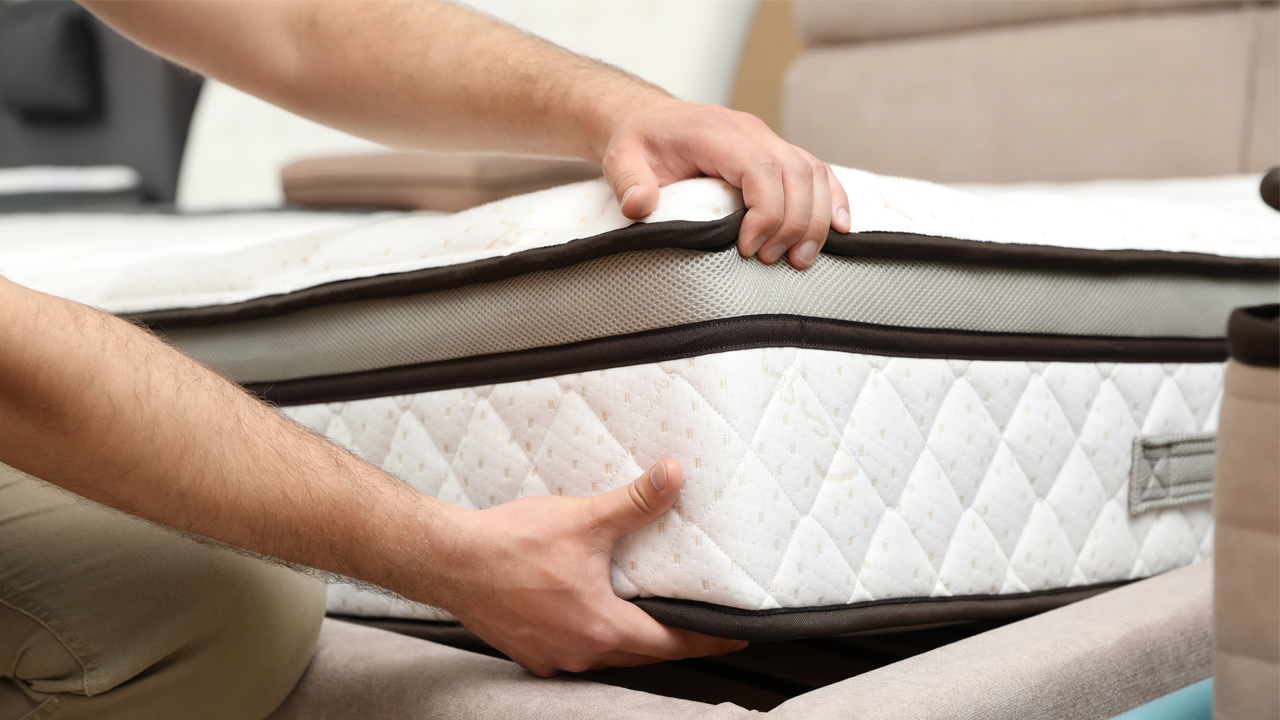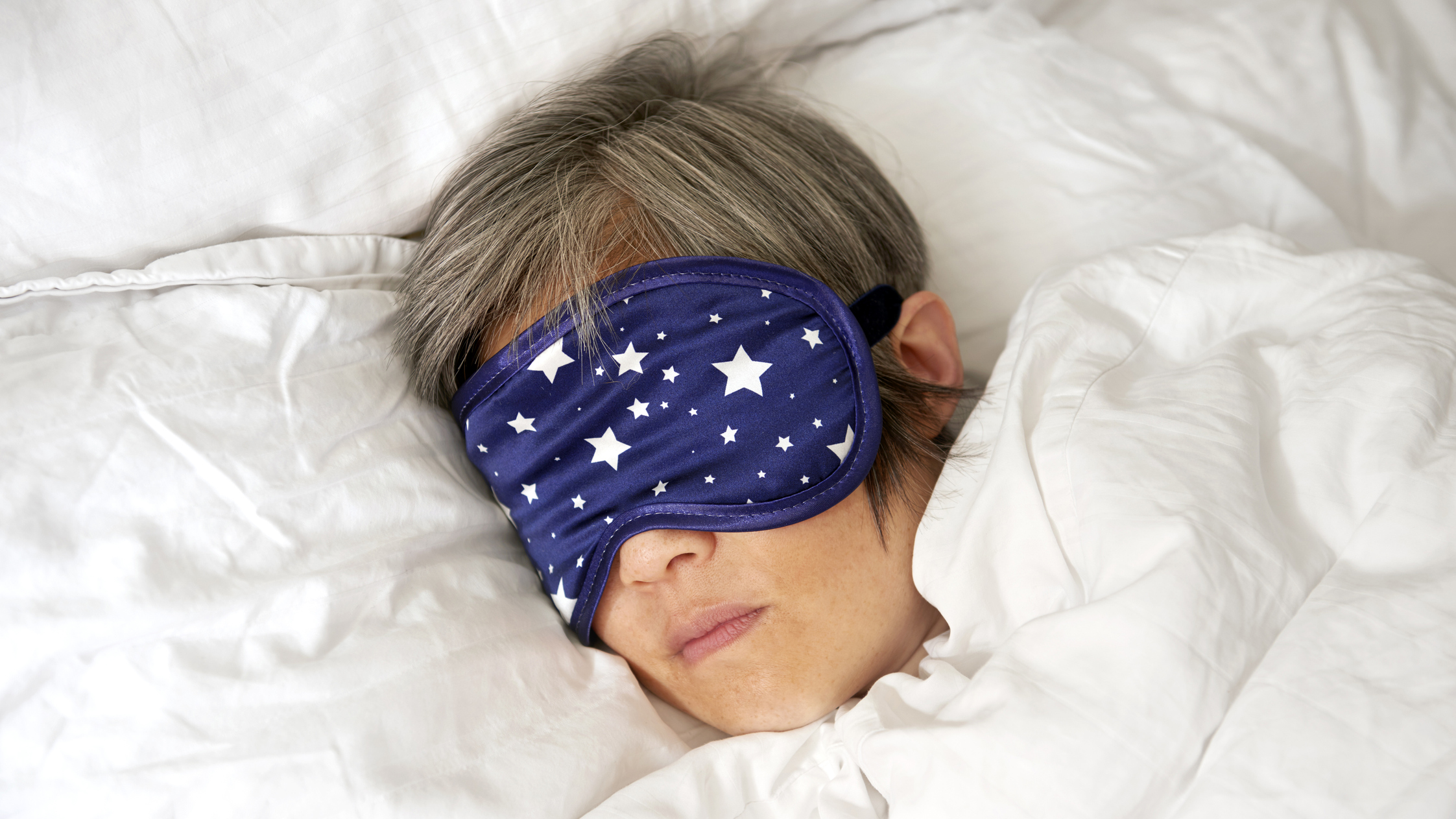Can’t sleep? Try these 8 tips for creating the ideal bedroom for sleeping
Learn how to optimize your bedroom for better sleep tonight

It’s frustrating when you can’t sleep, especially when you’ve made an effort to prioritize shut-eye. Many things can impact your sleep, including where you snooze and what you rest upon. So, how can you optimize your bedroom for better sleep? It’s easy once you learn the basics of what constitutes a good sleep environment - and what doesn’t.
From the ideal sleeping temperature to ensuring you have the best mattress for your body, here we run you through how to create the ideal bedroom for sleep. While some of these ‘fixes’ require money, a few are quick changes that don’t cost a thing. Let’s take a look at them now…
Optimize your bedroom for sleep: Quick tips
- Set your bedroom temperature to a sleep-friendly 65°F (18.3°C)
- Use blackout shades and drapes to dampen light pollution
- If your mattress is sagging, try rotating it or buy a new one
- Open the window to allow fresh air to circulate, which can aid sleep
- Use earplugs or a white noise machine to block external noise
- Paint your walls blue - the best bedroom color for restful sleep
- Remove all clutter so it doesn’t distract you from resting
1. Set the best temperature for sleep
The ideal sleeping temperature is around 65°F (18.3°C), and this is backed by research. One study looking at the effects of thermal environment on sleep showed that the temperature of your bedroom is one of the single most important factors in achieving good quality slumber.
Set your home’s smart thermostat to drop an hour before bedtime (so it’s cool when you turn in) and during your sleeping hours. This ensures you won’t wake up in the night because you’re too warm, and your sleep won’t be disturbed.
- Learn how to sleep with a cold - a sleep doctor advises
2. Give your mattress the once-over
If your mattress is sagging it will disturb the neutral alignment of your spine, which can cause back pain. If your mattress can be rotated, do so 180 degrees, then sleep on it for another night. If that hasn’t solved the issue, try these tips for fixing a sagging mattress.
If those don't work, it's time to invest in an upgrade. Hybrids and memory foam mattresses are good for people with aches and pains because they contour to your body and dish out pressure relief. Foam models can sleep warm though, so look for breathable options.

Firm mattresses usually suit heavier bodies and stomach and back sleepers, while soft mattresses suit lighter bodies and side sleepers. All mattress in a box companies offer trial periods, so you can test yours at home to make sure.
Sign up to get the BEST of Tom's Guide direct to your inbox.
Get instant access to breaking news, the hottest reviews, great deals and helpful tips.
3. Ensure your bedding is breathable yet cozy
There’s plenty of temperature regulating bedding available, but it can be expensive compared to basic yet still breathable comforters. To keep it simple (and cheap), sleep with a breathable yet cozy comforter in winter, and cooling sheets in summer.
Make sure you have the best pillows for proper support too, as the wrong ones can lead to neck, shoulder and upper back pain. If you sleep hot, try bedding made from naturally cooling fabrics like latex and bamboo. You can also get pillows with removable, freezable gel inserts – ideal for heat wave weather.
To breathe new life into an old mattress, invest in the best mattress topper for boosting comfort and support instantly.
4. Allow fresh air to circulate
If you sleep warm, even in a room set to the ideal sleeping temperature, you may still need to open your window. Our bodies love sleeping in cooler climates, and historically we associate fresh air with relaxation. Add in how a drop in body temperature also encourages tiredness, and better sleep is more likely. Experts also recommend sleeping with your bedroom door open to fall asleep faster.
This is great, and free, but what if you’re a light sleeper disturbed by outside noises? You could keep the window shut and use a fan to mimic a cool breeze instead, or you could use earplugs or a sound machine…
5. Block out noisy neighbors with white noise
Light sleepers, we feel for you. Every little sound pricks your ears and rouses you from sleep, and if you share a bed with someone who snores, your chances of good sleep plummets. Take the power back with some well-placed sleep devices.
If outside noise or ticking clocks are keeping you awake, consider a white noise machine. White noise can help you sleep by dampening noise so it doesn't jar you awake. If the noises are louder, try earplugs or proper sleep headphones. Some have built-in alarms so you’ll still wake up on time.

6. Keep your bedroom dark at night
When your eyes detect light at night, release of melatonin (the ‘sleep hormone’) is delayed, which is bad news for snoozing. Blackout shades are your friend if you have a lot of light streaming in at night, or if you’re a night owl and therefore sleep in well past sunrise. Blackout shades pull their weight in winter too as they insulate heat.
Subtle under-bed lighting is an option to help you find your way out of a darkened bedroom at night if you need the bathroom, as long as it isn’t so bright that it wakes you up. Or you could ditch the blackout shades and opt for a cheaper sleep mask.
7. Paint with the best bedroom colors for sleep
It seems that the color of your bedroom walls can affect your sleep due to how your eyes process different shades. A survey by British hotel chain Travelodge found that blue is the best bedroom color for sleep, followed closely by yellow and then green.
We’re talking lighter shades of blue here, by the way, as these provoke feelings of ease and tranquility. Want proof? A 2018 study published in Frontiers in Psychology found that blue has a more calming effect on the brain. That also makes it the best bedroom color for people dealing with any kind of stress or sleep anxiety.
8. Leave (most of) your tech in another room
No-one wants to hear this, but the ideal bedroom for sleep is pretty much gadget free. Why? Because some devices, like TVs and tablets, are a source of blue light, which, studies show, can disturb your circadian rhythm (your body clock). In turn, that affects your production of melatonin.
To practice good sleep hygiene, aim to put down your gadgets an hour before bedtime. Can’t do it? Then see if your device has a night mode, which is more sleep-friendly, and consider turning off notifications so they aren’t pinging away when you’re trying to drift off.
Read more:
- Save on sleep with these cheap mattress deals
- Keep things fresh with a mattress protector

Claire is a fully qualified journalist and Certified Sleep Science Coach with over 16 years’ product review experience. Claire is responsible for all mattress and sleep content published on Tom’s Guide, including our Best Mattress of 2025 buying guide. She is our expert on Saatva, DreamCloud, Nectar and Tempur-Pedic mattresses, and is also our in-house hybrid mattress specialist. Claire is certified to advise people on how to choose a mattress that best suits their sleep, body and budget, as well as helping them to create a nighttime routine and bedroom environment that promote good sleep. As Senior Sleep and Mattress Editor, Claire takes the lead on developing and overseeing rigorous testing procedures for our mattress reviews, both at home and in our fully equipped Sleep Lab. Claire leads a team of experienced sleep and mattress specialists who report on and test a wide range of mattress and sleep products, and she also writes about all things related to sleep, and has interviewed a wealth of experts including mattress designers and buyers, neuroscientists, and doctors of sleep medicine.
